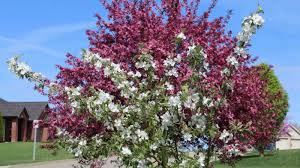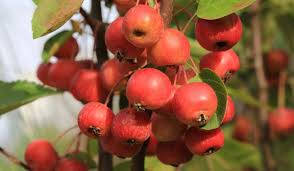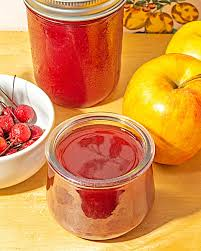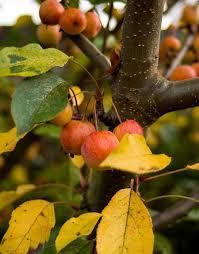In September 2013, my wife and I planted a tree to celebrate the birth of our daughter, Isla. We wanted something special— a tree that could thrive year-round, attract local wildlife, and provide fruit that could be enjoyed in the kitchen. After some consideration, we decided on a crab apple tree.
Crab apples resemble regular apples but are smaller, tarter, and packed with flavor. These trees have an open, graceful form, providing shelter and food for birds, especially when planted in a garden corner. We planted ours at the bottom of the garden, surrounded by shade-loving plants, and even placed it on top of a placenta—an unconventional yet meaningful gesture to mark Isla’s arrival. The tree thrived, growing vigorously before shedding its leaves for winter.
A Hardworking Tree
The crab apple tree is truly a multi-purpose plant. In spring, its blossoms—whether white or pink—create a stunning display, attracting pollinators like bees. If you have other apple trees nearby, planting a crab apple can improve pollination, boosting the fruit production of your whole orchard.
Once pollinated, the crab apple produces an abundance of small fruits that grow in generous clusters. These fruits are ready for harvest by early autumn. Even after the harvest, the tree continues to provide for wildlife. The leftover fruits attract birds throughout the winter, creating a thriving ecosystem in your garden. The tree’s fall foliage adds one final burst of color before the winter chill sets in.

How to Grow Crab Apples
Crab apples are easy to grow. They thrive in both sunny or lightly shaded spots and adapt well to a variety of soil types. While they don’t require special treatments like planting over a placenta, improving the soil with compost or well-rotted manure can help the tree establish itself.
When planting, make sure to dig a hole large enough for the tree’s roots to spread out freely. Loosening the bottom and sides of the hole helps the roots grow strong. After planting, water the tree well to settle the soil.
Ongoing care is minimal. During dry spells, water the tree for its first few years. In early spring, apply a layer of mulch to boost growth. Prune the tree in late winter to remove any dead or diseased branches and maintain a tidy shape.

Which Type to Choose?
There are hundreds of crab apple species and cultivars to choose from. Some of the most popular varieties include:
- Malus hupehensis: A resistant tree with stunning white flowers and cherry-sized red fruits that are perfect for autumn color.
- Malus x zumi ‘Golden Hornet’: This variety produces glowing golden fruits that often last through the winter, providing a valuable food source for birds.
- Malus ‘Pink Glow’: This smaller tree offers dark pink, plum-sized fruits ideal for cooking, making it perfect for limited spaces or urban gardens.
How to Use Crab Apples
Though small and tart, crab apples are incredibly versatile in the kitchen. Their high pectin and acidity make them perfect for making fruit jams. Combine them with berries to create a rich, flavorful jam with a perfect set. You can also spice up traditional crab apple jelly by adding a hint of chili, creating a delightful sweet-tart condiment for meats.
For those who enjoy making fruit liqueurs, crab apples can be used in recipes similar to sloe gin. Simply steep the fruits in gin or vodka with sugar for three months. The result is a fragrant, golden liquid that captures the essence of the crab apple, perfect for sipping on a cold winter evening.

Growing a crab apple tree is more than just planting a tree—it’s an investment in beauty, wildlife, and food. Whether you’re enhancing your garden’s ecosystem, enjoying its vibrant blooms, or making delicious homemade preserves, a crab apple tree is a wonderful addition to any landscape.
